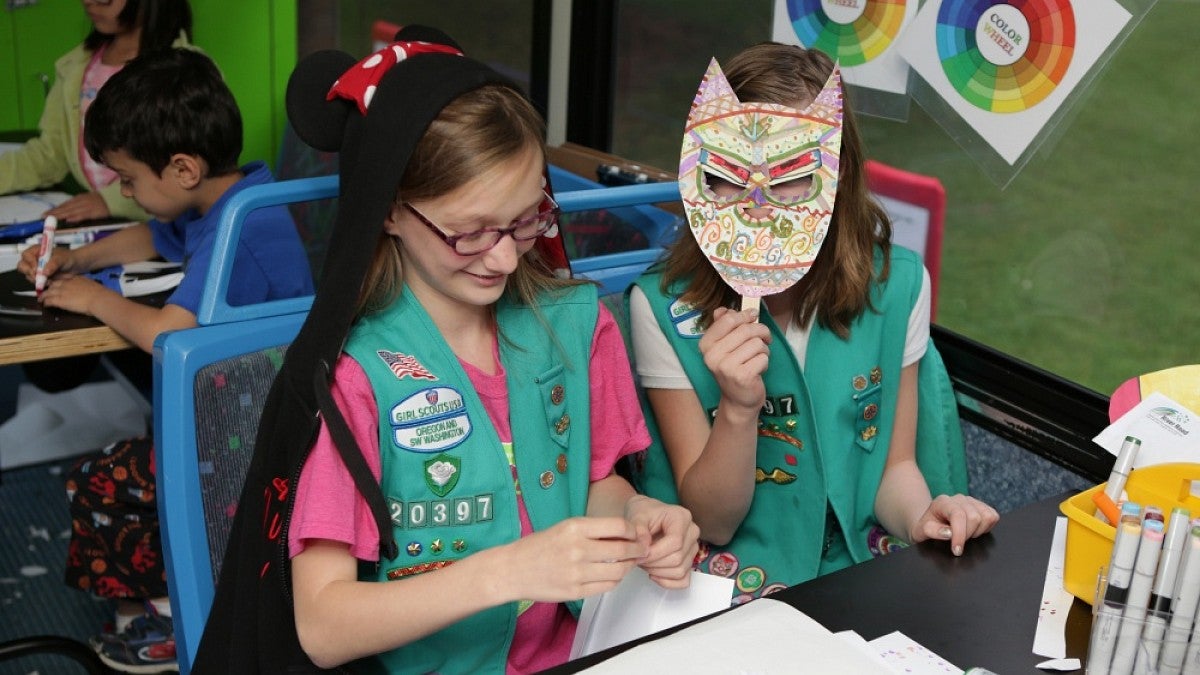With the spread of automation, creativity is increasingly coveted as a marketable professional skill. But how do you measure creativity?
Marjorie Taylor, a UO psychologist and Professor Emeritus, recently spoke with Artsy, an art collectors’ website, about the approaches psychologists use to quantify the elusive trait.
“When you’re talking about creativity, you have to understand you’re talking about a broad spectrum of abilities in different domains,” she said. “It’s hard to measure.”
A common way researchers measure one element of creativity is through the “unusual uses task.” Researchers may ask subjects to come up with as many possible uses of a brick or a milk carton as they can. Taylor sometimes uses this test, but she’s not a big fan.
“For a lot of studies, creativity gets boiled down to the unusual uses task,” she said. “It’s very narrow in terms of focusing in on creativity as manipulation of a physical object.”
Psychologists tend to focus on creativity in one of four ways. The unusual uses task attempts to measure whether subjects think in a creative way, an aspect known as the cognitive process element.
Taylor prefers testing creativity in children by starting a story and asking them to create an ending. Adults then rate the creativity of the children’s responses. This tests a second aspect of creativity, known as the product. It looks at whether a person’s one ultimate outcome or solution is creative.
The two other focuses in researching creativity are the personal element, which looks at the traits and nature of a creative individual, and the press, which looks at the context and circumstances in which creativity flourishes.
“Creativity is so important and so interesting and so ubiquitous,” Taylor said. “It’s really important to try and understand it scientifically.”
For the full story, see “How Creativity is Measured—And Why It’s So Difficult.”
Taylor studies the development of imagination and creativity. She has examined children’s creation of imaginary companions and their role in emotional and cognitive development. Her current focus is on the relationship between moral judgment and creativity and how pretend play contributes to resilience.


